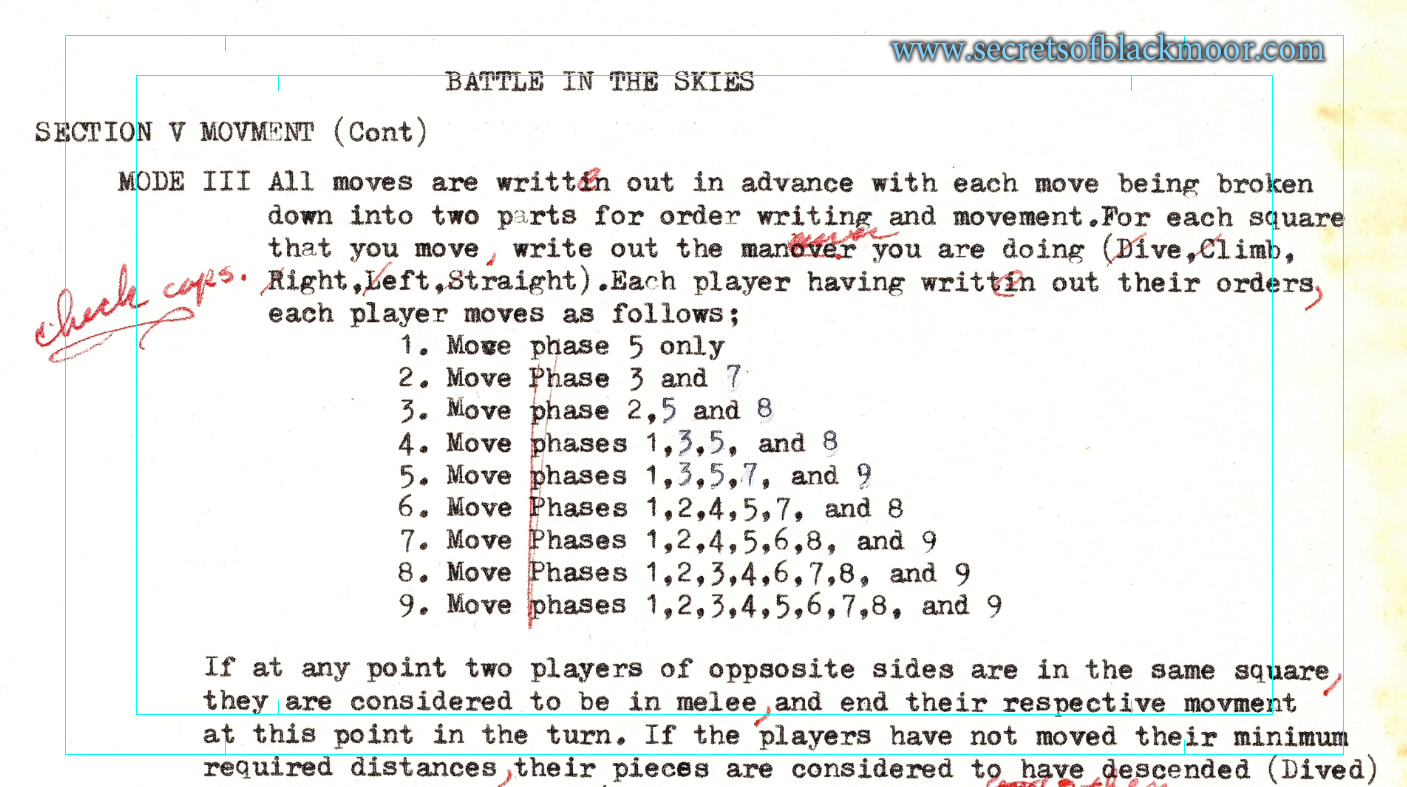(Image Courtesy the Dave Arneson Collection)When Dave Arneson and Gary Gygax worked on the drafts for Dungeons and Dragons in 1973, they were exchanging sections of the rules for commentary and play testing. (Image from the Movie Secrets of Blackmoor |
DVD'S, Books, T-shirts, games and more available on our store.
AuthorSecrets of Blackmoor is a Feature-length documentary about the birth of the “Mother of all Games;” Dungeons & Dragons. Archives
January 2024
Categories |
Privacy Policy
All Contents Copyright © 2023 The Fellowship of the Thing, Ltd. - All Rights Reserved
All Contents Copyright © 2023 The Fellowship of the Thing, Ltd. - All Rights Reserved



 RSS Feed
RSS Feed